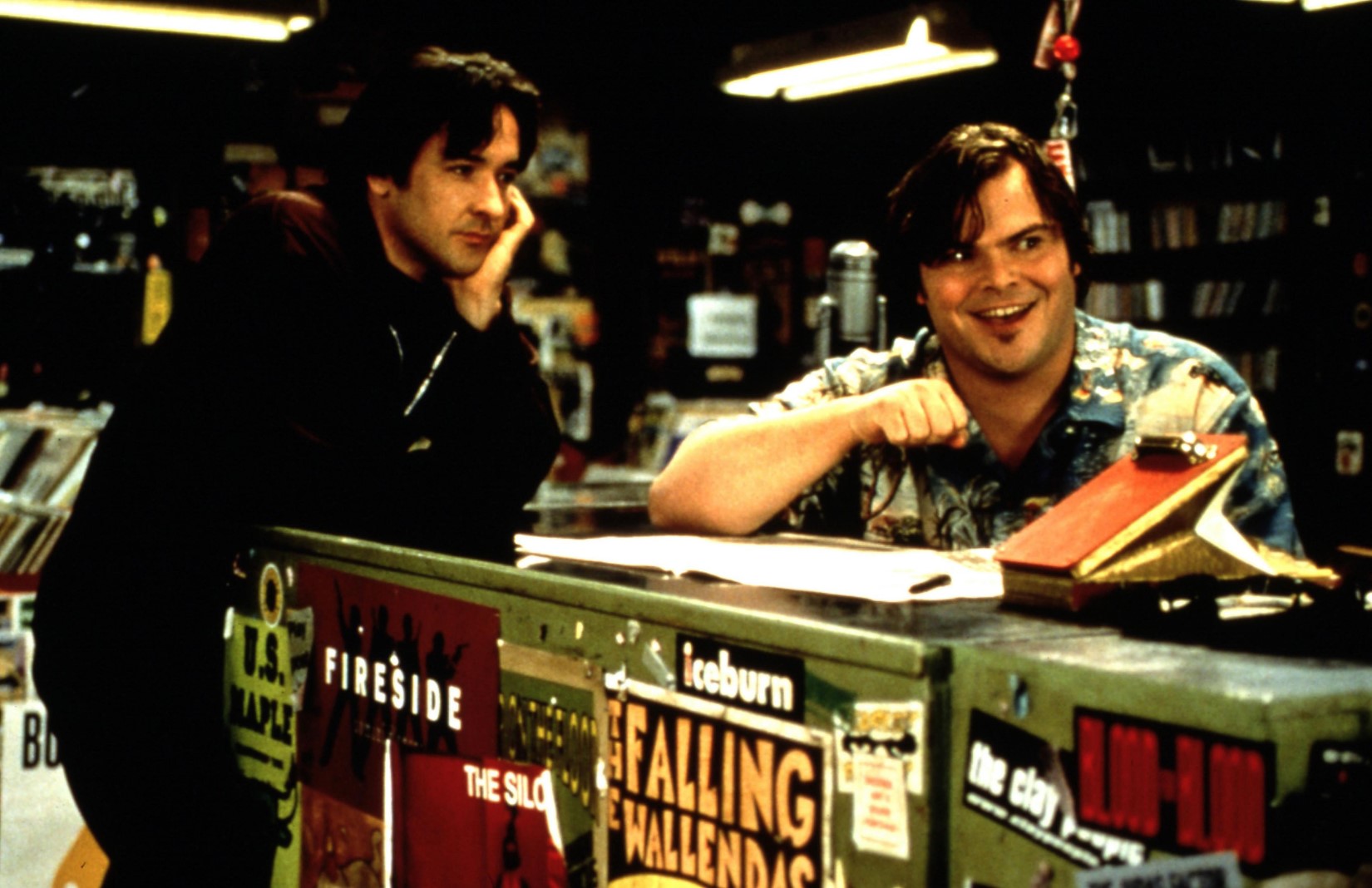
John Cusack and Jack Black in High Fidelity, 2000.
In yesterday’s post, I raised the issue that radio is playing in a much different competitive arena than it was 20 years ago. In the big – and I mean BIG – scheme of media things, broadcast radio is now one of many choices in the entertainment and information sectors. We now don’t just compete with other local radio stations owned by other radio companies. We compete with everyone – and that now includes the biggest companies in the world: Apple, Alphabet (Google), Meta (Facebook), and well…you know the rest.
And did I mention none of them is regulated by the government nor do they have to attain licenses from the FCC? Sure, a Congressional committee might convene hearings, so they’re compelled to show up in D.C. from time to time. But none of that compares to the restrictions, paperwork, and other formalities broadcasters have to endure.
I also referenced an idea called “The Paradox of Quality” where technology allows for many, many companies to produce very competitive products: smartphones, cars, music streaming services. While most of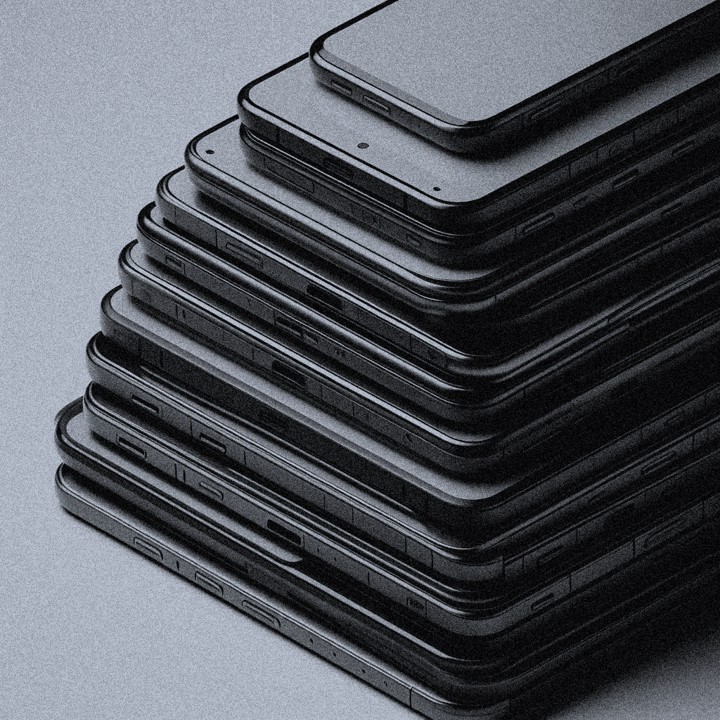 their products are solid efforts, they are also very similar to one another. For example, the differences between Netflix, Hulu, Disney+, Max, and all the others aren’t vast. In fact, the basic experience of streaming video content across their platforms is nearly identical for the most part, even down to how their menus look and their programming is consumed.
their products are solid efforts, they are also very similar to one another. For example, the differences between Netflix, Hulu, Disney+, Max, and all the others aren’t vast. In fact, the basic experience of streaming video content across their platforms is nearly identical for the most part, even down to how their menus look and their programming is consumed.
As J. Walker Smith posited in yesterday’s post, the ultimate goal becomes less about producing a solid product that’s comparable to everyone else’s, and more about creating something that’s different – that stands out for its uniqueness.
And so it is with radio across many, many markets. Most sharp and savvy radio people know all the tricks. By duplicating efforts and scaling content (music, personalities, production, syndicated shows) across markets and companies, stations take on a similar look, feel, sound, and energy. Thanks to technology – streaming, virtual meetings, voicetracking, and now AI, radio can very efficiently copy and clone whatever someone else is doing with precision in less time and with fewer people than ever before.
That may lead to less expensive operating costs driven to a great degree by fewer staffers, but it certainly isn’t producing better radio. And radio listening is clearly not on the upswing. Just check the PUMM levels in the nation’s top markets. You can lay the blame on increased competition or COVID, but you have to point a finger at uninspiring radio pretty much wherever you go.
And any illusions radio operators have that we can successfully compete over the long haul against the biggest players in the world is foolhardy at best, irresponsible at worst. Those “Trillion Dollar Death Stars” have the deep pockets, the data, brilliant teams, and in many cases, diversified holdings that keep them balanced.
So where does that ultimately leave broadcast radio? Where and how can it be different, providing products and experiences that are unique – that consumers cannot get anywhere else?
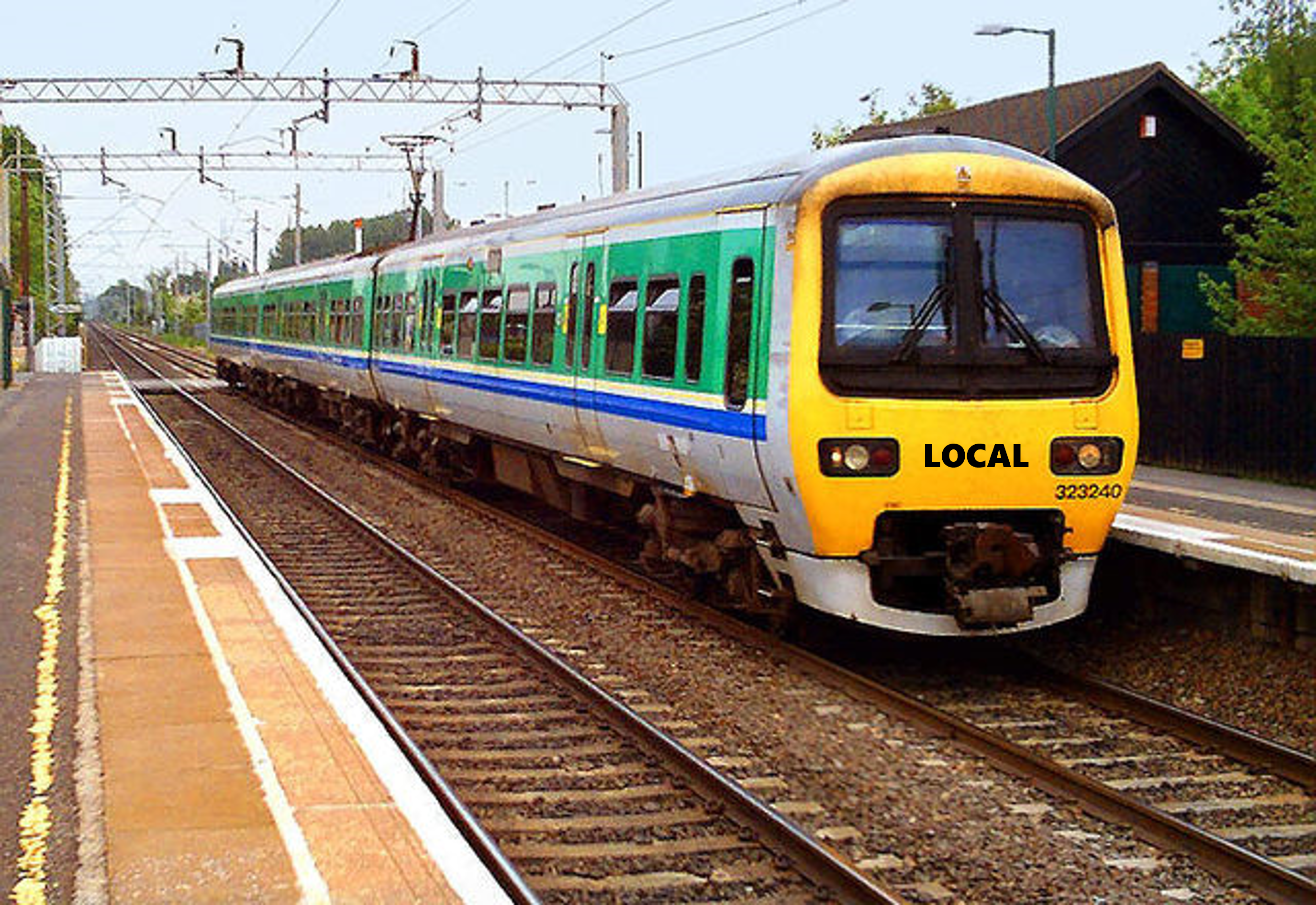 All roads once again lead to local – not because that’s a familiar trope from Jacobs Media or this blog. But because when you speak to technology and auto executives about how radio can survive and thrive in the current environment – and the one that’s around the corner – they answer the same way: Go with your strength: put the focus on local communities, towns, and like-minded people who share the same tastes and sensibilities. And do it with those great personalities. That’s what you’re good at.”
All roads once again lead to local – not because that’s a familiar trope from Jacobs Media or this blog. But because when you speak to technology and auto executives about how radio can survive and thrive in the current environment – and the one that’s around the corner – they answer the same way: Go with your strength: put the focus on local communities, towns, and like-minded people who share the same tastes and sensibilities. And do it with those great personalities. That’s what you’re good at.”
But don’t take it from them or me – listen to what 31,000+ core radio listeners told us earlier this year when we fielded Techsurvey 2024. I had Jason Hollins, our research guru, check the data on one of the bellwether questions we dutifully track every year, the agree/disagree statement that asks about the radio : local connection:
“One of radio’s primary advantages is its local feel.”
COVID most definitely took its toll on radio, particularly when it comes to commuting and time spent on four wheels. But it also served to strengthen the connection between local communities and the radio stations that make an effort to serve them. The trended data in the upper-right part of the slide tells an important story about how perceptions have changed since 2020:
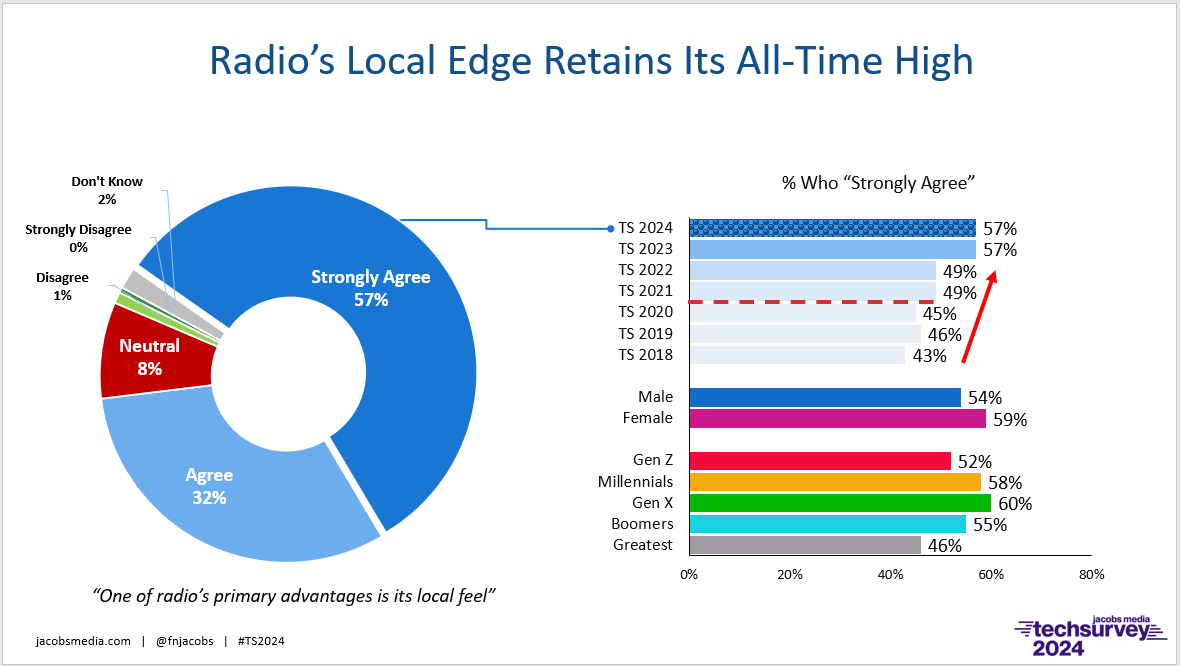
Since the start of COVID, we’ve watched the all-important “strongly agree” responses jump 12 points. Last year, we witnessed a jaw-dropping rise of 8 points to 57% – the all-time high for this question. At the time, I explained that it could be a “statistical hiccup” OR it could be the real deal. I defaulted to a “wait and see approach” to determine what this year’s study would tell us. And it confirmed to the number the sharp increase in that radio : local connection we’ve noticed since the onset of the pandemic.
I share this data with you because I truly believe “local” is more than a word but an operating philosophy broadcasters could and should embrace. Many are, especially in medium and smaller markets where it is frankly an easier lift than it is a market with a massive footprint such as Chicago, L.A., or New York City.
I also truly understand why radio’s biggest companies have pursued the path to scale their holdings. After all, when you own literally hundreds of stations, many of which are in major markets, it’s a logical pathway to success. But for so many broadcasters, national and agency business have dried up leaving sellers to turn their attention to local retail – a much easier lift if you’re in Des Moines, Knoxville, or Wichita.
After all, the local formula is about market presence, relationships, and connections. For broadcasters who came up in smaller burgs, this regimen is a natural way to serve communities, do business, and focus on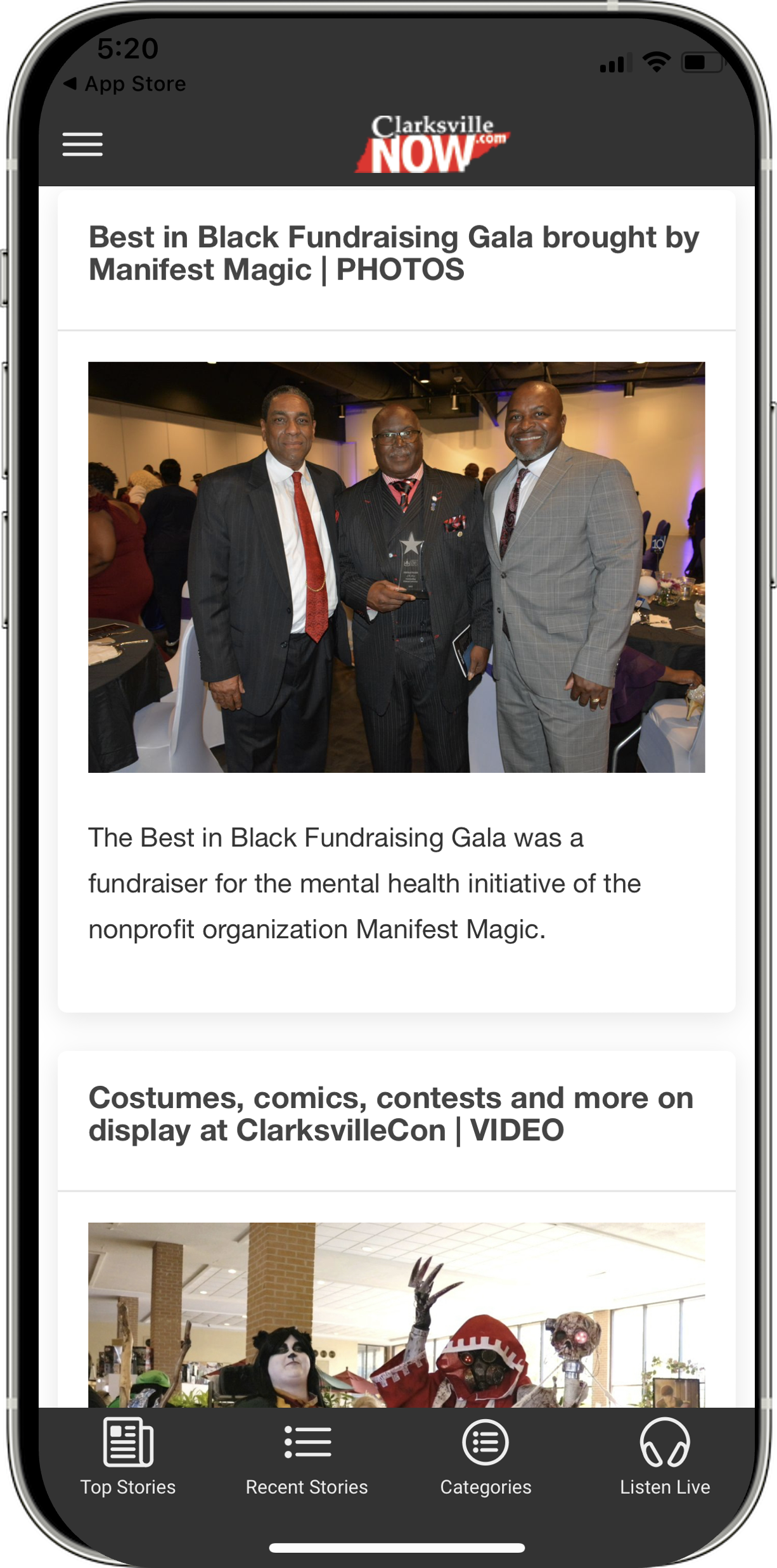 the local opportunity. And as other players – especially newspapers – fall on hard times or shut down entirely, radio can step into the fray and fill the void.
the local opportunity. And as other players – especially newspapers – fall on hard times or shut down entirely, radio can step into the fray and fill the void.
Paul and I have talked about broadcasters who have done precisely that using mobile apps as the connection point. Mid-West Family’s “Town Crier Wire” and Saga’s “Clarksville Today” are the pilot projects that will undoubtedly pave the way for hundreds of stations and clusters in smaller cities and towns all over America, providing vital news and information, which used to be owned by the local newspaper, many of whom have shut down.
Again, the focus on local is fundamental, and the demand from local citizens watching news outlets go out off business will no doubt remain strong.
But I would be remiss if I didn’t mention the other half of the dynamic duo: LIVE.
While I don’t have data to back this up, I will return to the J. Walker Smith quote from yesterday:
“The challenge of brands is difference.”
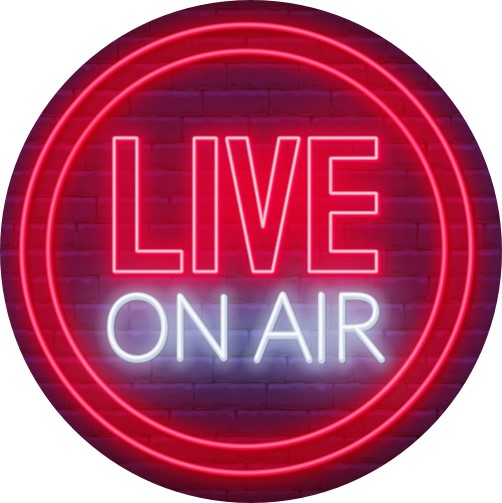 The other great separator is radio’s ability to be live, in the moment. As Paul (“The Lobster”) Wells reminded us yesterday in a comment to part one of this post, it’s like broadcast radio is starring in a new version of “Honey, I Shrunk The Spontaneity.” So much has been made of the efficiency and cost-savings of voicetracking and podcasting (OK, time shifting) that radio has ceded its “live” edge.
The other great separator is radio’s ability to be live, in the moment. As Paul (“The Lobster”) Wells reminded us yesterday in a comment to part one of this post, it’s like broadcast radio is starring in a new version of “Honey, I Shrunk The Spontaneity.” So much has been made of the efficiency and cost-savings of voicetracking and podcasting (OK, time shifting) that radio has ceded its “live” edge.
Given that streaming digital platforms like Spotify, every podcast you hear, and even satellite radio (mostly voicetracked, and certainly not local) are all canned, radio’s unique ability to go live has been overlooked and underutilized.
So, what might this sound like? Let’s start with a hyperlocal example – communities in smaller markets or even neighborhoods. This hit home for me last week when one of radio’s truly great practitioners of “live and local,” Tom Bender, sent me a brilliant story in the New York Times, “Making a Scene on the Radio” by Ezra Marcus.
It’s about an online station, Montez Press Radio, based in New York City’s Chinatown. And while the station doesn’t have a transmitter or tower, the void it fills is one of a community served by local radio with a capital “L.”
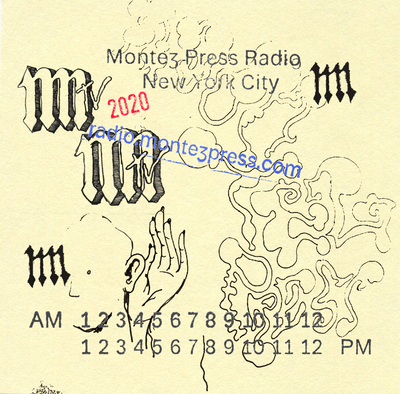 The not-for-profit station was launched in 2018 by a group of Manhattanites looking for a way to serve their community. And while community access TV and podcasts were considered, they landed on radio – live radio.
The not-for-profit station was launched in 2018 by a group of Manhattanites looking for a way to serve their community. And while community access TV and podcasts were considered, they landed on radio – live radio.
As one of the station’s host noted, “There’s a lot of joy in (radio) that feels really communal,” rather than the isolating nature of social media where the experiences and outcomes aren’t always positive.
That sentiment is echoed throughout Marcus’ story by hip New Yorkers eager to connect with one another. Doing radio is described as “two tons of fun and great hangs” and another notes that “For a semi-burned-out early 30s professional writer’s life, it was like the greatest thing that could ever happen.”
Could an HD2 or HD3 be used for similar purposes in Any City, U.S.A.? Isn’t that what HD Radio was originally about?
From Montez Press Radio, let’s segue to Championship Vinyl – not a radio station and not even real. 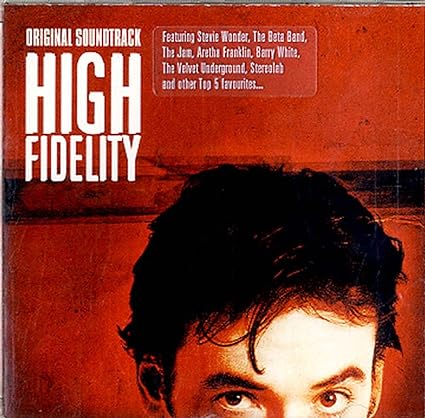 It’s the fictitious Chicago record store owned by Rob Gordon (John Cusack) in the 2000 film, High Fidelity. (Photo at the top of this post.)
It’s the fictitious Chicago record store owned by Rob Gordon (John Cusack) in the 2000 film, High Fidelity. (Photo at the top of this post.)
It is the quintessential local business that cannot compete with Best Buy, Walmart, or Target. Instead, the store is all about community, customer service, and the experience, something you’ll never get from a big box store or Spotify.
His two employees (think of them as air personalities) are Barry (Jack Black) and Dick (Todd Louiso). They are exceptionally knowledgeable, quirky, and interesting. And FUNNY. Walking into the store, you might find a favorite record from your more colorful past or you might discover an album and/or an artist you’ve not experienced before – a mix of the past and perhaps the present.
And it dawned on me the differences that Championship Vinyl stands for are very much like the ones a truly local radio station would want to cultivate to positively set itself apart from the big dogs.
Consider what the store (station) is all about;
- Of course, there’s nostalgia – As we radio people know so well, music is an elixir that conjures up powerful memories. That’s what customers browsing the bins at Championship Vinyl feel, as do listeners to a truly local station with an excellent sense of time and place.
- It’s about community culture – Not dissimilar to Montez Press Radio, Championship Vinyl is all about that vibe shared by people with a passion for music.
- The staff is knowledgeable…and weird – Barry, Dick, and Rob know their stuff, and they’re there to engage people with the music they love in much the same way dialed-in personalities can Sherpa the audience through the joys of a great new song or the passing of a beloved musical icon. They’re also unique, quirky people – always a good thing.
- There’s even a great benchmark – Everyone has a “Top 5” list (for Rob, it gets personal), but for music lovers the joy and pain of nailing down those albums or songs you’d want if you were stranded on a
 desert island. Yes, the same trigger works in radio today, especially if the audience gets to play. (You can check out all the “Top 5” lists from the film here.)
desert island. Yes, the same trigger works in radio today, especially if the audience gets to play. (You can check out all the “Top 5” lists from the film here.) - IYKYK – Like all cool spots whether it’s a great local record store or a great local radio station, there are those insider traditions. That “secret handshake” aspect of Championship Vinyl is present, just like the many hometown stations that coined their special catchphrases – Whoo-ya at KMET, BABY! at WRIF, Gadzooks at WMMR, and on it goes.
- FOMO – There’s that palpable fear of missing out that a store like Championship Vinyl owns (who knows what new inventory came in this morning, etc.) or what you may hear playing in the store, or a great radio attuned to its town and its citizenry, whether it’s the collective celebration during good times or the truly sad moments that rock a community to its core.
Legendary local haunts like Championship Vinyl and iconic local radio stations aren’t just hatched. They must be nurtured over time. But a commitment to hiring passionate staffers, a love for the music, and that unmistakable community vibe – all done live and in the moment.
Radio, this is us.
Maybe you’re thinking, “We were doing all this stuff in 1975, Fred!” Or 1983. Or 1991.
Chances are, you were. And most of the things in those old playbooks would all work very well in today’s environment. The reason radio stopped doing them was to save money, along with all the hubris that thanks to consolidation convinced radio leadership to ask this wrongheaded question:
“Where else can they go?
Well, they showed us. Now, it’s our moment to show them.
No other medium can replicate the vibe of a hometown radio station that holds the mirror to its community and reflects it back in real time.
Radio, this is us.
To access Part One of this post, click here.
- What To Do If Your Radio Station Goes Through A Midlife Crisis - April 25, 2025
- A 2020 Lesson?It Could All Be Gone In A Flash - April 24, 2025
- How AI Can Give Radio Personalities More…PERSONALITY - April 23, 2025




Spot on, Fred. It IS what we did back in the day. It is still what can set the medium apart today. I grew up with CKLW, WJR, WRIF, WABX and all those guys you’re so familiar with. There was some sort of tie to the community every 5 minutes or less. Even when doing Mornings on Magic 95 in the late ‘70’s, while a music station, I tried to tie as much of what I did to the community. (One morning I played Wreck of the Edmund Fitzgerald, which wasn’t on the playlist, but was on everyone’s mind, and a perfect tie in, and Julian Breen threatened to keep me from ever getting another job in Major Market Radio if I did it again…but it was worth it! I still have the memo someplace) .;) I got another job…..
Local Service! Absolutely. More essential for radio broadcasting than podcasts.
Bravo! This is what radio needs to recapture that lightning in bottle. Kudos to the many *still successful* radio stations who do actively keep things local. Between talking about local events, issues, people, opinions, and even locally produced spots for local businesses – putting one of those stations on, you feel like you’re connecting with the community. Exactly the way it should be.
You nailed it Fred: Live and Local! But stations have to deliver on it, not just use the verbiage as a positioning liner.
I remember where I was on November 2, 2023 at around 9am.
Listening to Janda describe what it was like to play a “new” Beatles song on the radio.
It was a fine a moment I’ve heard in ages on the radio.
I agree to a point. Being live and local is easier said than done. And I’ve still haven’t heard a sample hour of what a truly localized music station sounds like in 2024. I suppose there are a few stations.
I believe that local simply means what’s relevant to people now. It’s not just about a new bar or your sports team. The housing shortage is local, Trump is local, the job market is local. It’s all in how your personalities make it relevant to their audience. Then again, radio has lost their personalities.
I remember when a lot of radio stations responded to the iPod rage by “putting the stations on shuffle,” commercial and announcer-free stretches that songs from the lunar rotation, downplaying personalities. Some programmers and consultants loved it, particularly the ones who pushed the idea that “It’s my format that wins, and jocks just get in the way.” Big corporate bought in to save money, mostly because they had massive debt from overpaying for the properties they amassed. They also professed that they’d bless the rubes in the hinterlands with “big time talent.” What they misses is that people were invested in that local connection, that sense of radio being in the same time and place that they were. We’re still seeing that effect today.